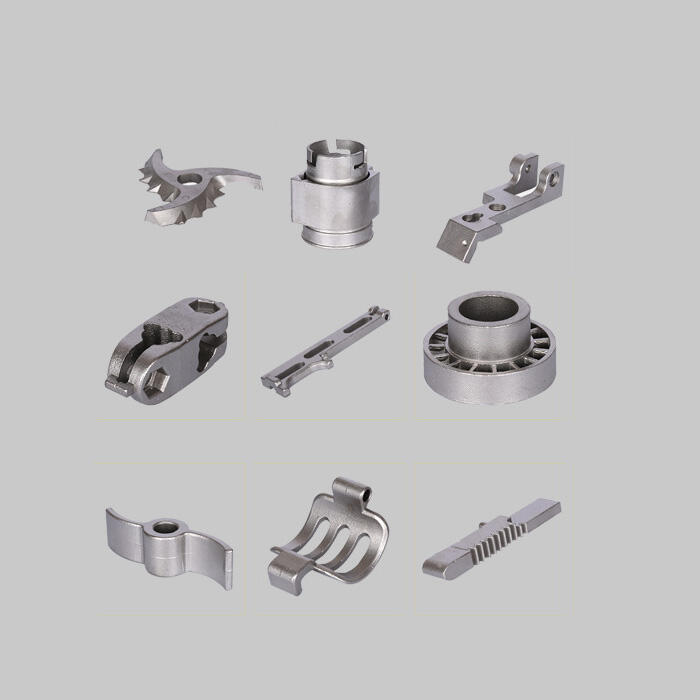Introduction
In the manufacture of precision parts for various industries, custom die Casting and CNC machining are two important metal working styles. Every technique has its own set priorities and limitations, one major consideration in picking a technique is price. This article will focus on the costs of custom Die casting in particular and compare them to those for CNC machining, helping manufacturers choose the best solution for their situation.
Cost Factors in Custom Die Casting
Custom die casting is a molding technique that forces molten metal into a reusable mold cavity under great pressure.
Die casting cost factors are as follows:
A.Materials Costs Die casting generally costs more then aluminum sand-castings, as aluminum itself is expensive, zinc and magnesium too, not even to speak of those copper alloys which run considerable material cost into production.
B.Tooling and Mold Costs The molds used in die casting are usually custom-made and can be expensive, but they are re-usable for mass production.
C.Production Costs Including labor, energy for melting and holding the metal, maintenance of the die casting machines.
D.Post-casting Processes For die casting, further operation such as machining, finishing, or heat-treatment may be required; that adds greatly to overall costs.
Cost factors of CNC machining
CNC (Computer Numerical Control) machining means that parts are created by removing material from a workpiece and shaping it into the desired form.
Cost factors to consider when you are involved in CNC machining include:
- The Cost of Equipment: CNC machines range in size from little, affordable models which can be used by private individuals right up to large machines suitable for industrial purposes and costing many thousands of dollars.
- Material Costs: CNC machining can involve the use of a wide range of materials, each with their own costs and machining qualities.
- Labor Costs: Skilled machinists and operators must program, set up and follow the workings of the CNC machines.
- Energy & Overhead costs: CNC machines consume a lot of power whenever they are in operation. In addition, overhead costs include such things as rent payments, insurance premiums and other running expenses.
- Costs Incurred in Buying Cutting Tools: CNC machining involves using very many different cutting tools in order to accomplish the various ways that are necessary for production. The life of these implements is limited and they must be replaced frequently.
CNC Machining Cost Factors
CNC (Computer Numerical control) uses computer-controlled machines to remove material from a workpiece and create a part. Cost factors in CNC machining are as follows:
A.Equipment Costs: CNC machines might run the gamut from small, affordable units for the hobbyist up to large industrial machines boasting both high speed and precision accuracy.
B.Material costs: CNC machining will make use a lot of different materials, each with its own cost and machining characteristics.
C. Labor Costs:Skilled operators and machinists are required to program, set up, monitor these $E machines. B.. Energy and Overhead Costs: CNC machines eat up energy during operation, and overhead expenses such as rent, insurance, and administrative costs.
D.Tooling and Wear Costs: CNC machining requires a variety of cutting tools, all of which have a limited lifetime and must be replaced periodically.
Cost Optimization Strategies
To reduce costs in both die casting and CNC machining you must implement strategies.
A.For manufacturability: Parts designed with manufacturing processes in mind can lower costs and increase part quality.
B. Process Optimization: Continual process improvement will mean less labour time, shorter cycle times or better machine efficiency. Costs can drop. C. Life-cycle cost analysis: Considering the total cost of ownership over the part's life can make distinctions between producing by die casting or using computer numerical control machine that is more essentially rational for your circumstances.
Conclusion
For comparing the costs of custom die casting and CNC machining, there are many facets involved from material costs to tooling, labour, production efficiency, and finishing. While die casting shines in high-volume production with intricate geometries CNC machining gives flexibility and precision-making capacity. It is ideal for low volumes and customer made parts. Manufacturers have to take into account the different requirements of their products, volume production, quality standards to be met when they decide what is the most economical method for production. As techno logy advances, both die cast and CNC machines will doubtlessly become still more efficient, further changing the economics of metal fabrication.

